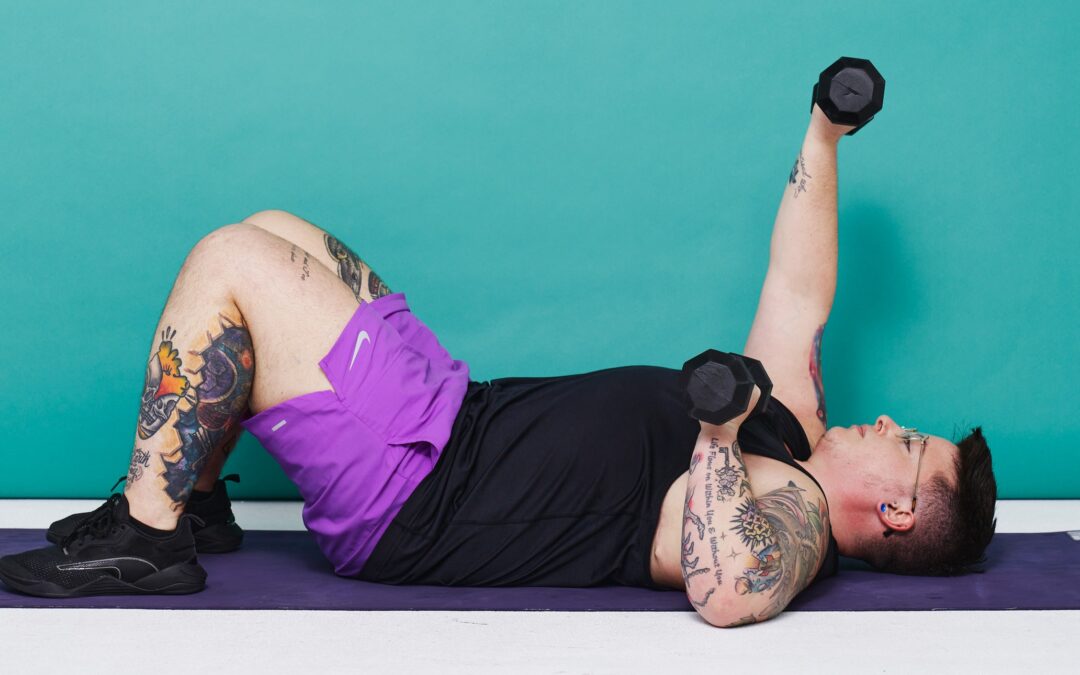You don’t need a gym for a great upper-body session: As long as you have access to a few weights, you can get in a solid dumbbell chest workout right at home.
And there’s good reason to do so. Building strength in your pectoral muscles—also known as your pecs, or your chest—has carryover for a bunch of everyday activities, like pushing an object back on a high shelf or sliding a heavy box across the floor, ACE-certified personal trainer Sivan Fagan, founder of Strong With Sivan, tells SELF. It’ll also help you reduce your risk of injury since stronger chest muscles can help stabilize your shoulder joints and shoulder blades.
While you might have heard some people at the gym talk about “chest day,” the best exercises to include in your workout routine aren’t going to be ones that only hit that specific area. Rather, you’ll want to focus on the surrounding muscles too, says Fagan.
With chest training, you want to hit your pecs, sure—which include the large pectoralis major and a smaller one underneath called the pectoralis minor—but you also want to show the muscles that support them some love too. Think: all your “pushing” muscles, like your chest, deltoids (shoulders), and triceps (which run along the back of your upper arms).
Your pec muscles might be the main driver in traditional chest exercises like the barbell bench press, incline bench press, or dumbbell chest fly (and even in bodyweight moves like the push-up), but your smaller shoulder and arm muscles are working to help you complete the movements, too. So if you want to get stronger or build muscle, including exercises that target these supporting muscle groups are just as important.
That’s why in the dumbbell chest workout Fagan created for SELF below, you’ll work a whole bunch of upper-body muscles. And you’ll do so with a big focus on unilateral, or single-arm, training. This can help you pinpoint and alleviate muscle imbalances from one side to the other—something which most of us naturally have, says Fagan.
“When you push both dumbbells at the same time, your body just wants to get them from point A to point B. Your stronger side might take it through the full range of motion, but the other side might take it on a shortcut,” she says. “It’s really hard for you to notice it on your own until you isolate your sides, and then you’re like, ‘Hold on, I can’t do it on this side.’”
Single-arm work also comes with a happy bonus: It really challenges your core stability, which turns these upper-body exercises into abs exercises too. As you push each dumbbell, your core muscles have to fire to keep your body from rotating in the opposite direction, Fagan says.
The dumbbell pec workout starts with alternating-arm versions of the most challenging compound moves—the chest press and shoulder press—in a superset (meaning, you’ll go right from one exercise to the next with minimal rest). You’ll keep the repetitions lower here than throughout the rest of the workout, so don’t be afraid to challenge yourself with heavier weight (as long as you maintain proper form).

